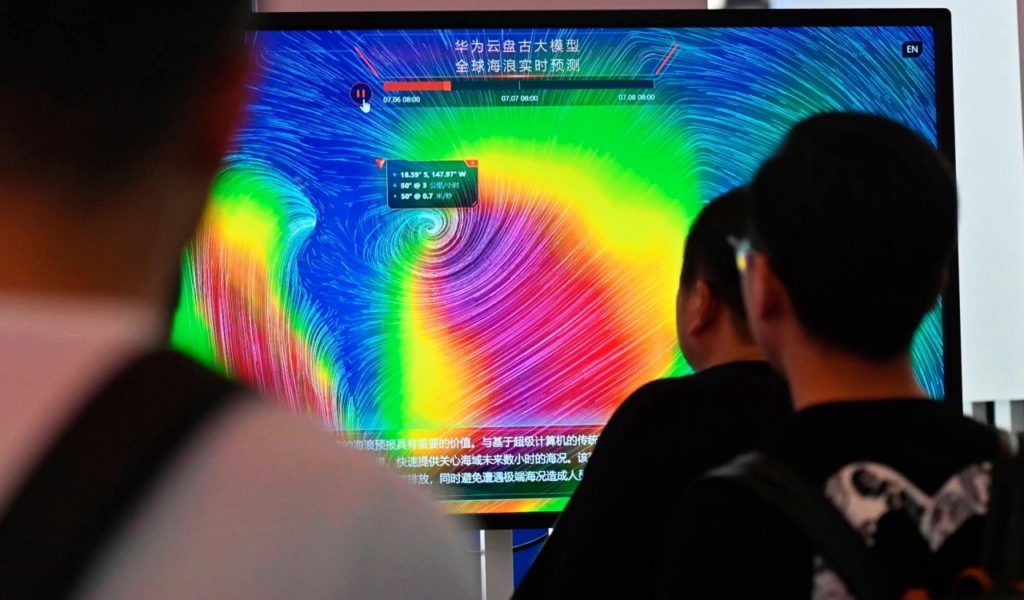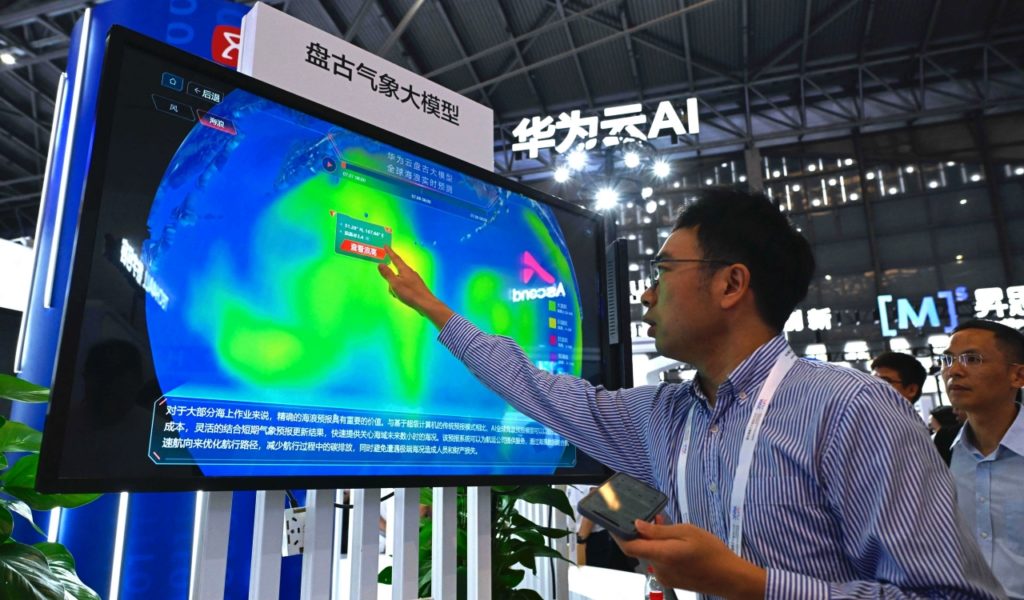Artificial Intelligence is becoming a huge part of our daily lives. Over the past few years, AI models and systems have been made for numerous needs. It has become such a huge part of our culture as of late, many worry AI could take over many jobs soon. Now, AI weather forecasting has become a thing. However, this seems to be more of a tool than a replacer.
In meteorology, there has always been a need to improve technology in the field. The tech used here seems to grow every year, as determining how the weather will affect us is critical. While knowing if it will be cold or hot/rainy or sunny is useful, that is often not what new tech focuses on completely.
Most new tech here is used to help us know when and where hurricanes and tornadoes will hit. Along with things like typhoons and tsunamis. Thus, knowing as early as possible about these things could literally save millions of lives. Now, new AI weather forecasting technology has been formed.
According to a recent study published in Nature, Huawei’s Pangu-Weather System is pretty incredible. It is able to forecast global weather pretty accurately and more than 10,000 times faster than modern equipment.
The Pangu-Weather System

Huawei, a notable Chinese technology giant, is known for its smartphones, computers, televisions, and even wearable tech. Essentially, they are the Chinese version of Apple, with products far cheaper than that of Mac people.
The company made the AI model, Pangu-Weather, which greatly improves on previous AI-powered models. It works by simulating weather at different altitudes and forecasting tropical cyclones. Their results are relatively reliable out to 10 days too, which helps out the infamous 7-day forecast we all follow.
This conventional tool is run by the European Centre for Medium-Range Weather Forecasts. It is computationally intensive, as it requires hours of supercomputer calculations to produce its 10-day forecast.
The research team that trained the model used 39 years of historical weather data. This means the system would be untested using real-time observational data. However, it has still been able to be relatively accurate using real-time information. By “untested,” we mean it has not been utilized heavily in the field.
We should not overhype the system due to its untested nature. So far, researchers studied 69 factors, including surface variables and upper atmospheric weather variables. It has proven to be much faster than current equipment, with only slightly less accuracy.
Showing High Potential

The Pangu-Weather model has led to promising results in the AI weather forecasting department. In fact, it predicted the early path of a tropical cyclone in the Pacific more accurately than any current forecasting model, according to the study.
It seems that this machine learning model is incredibly accurate when analyzing cyclones, comparing it to other current forecasting models. That is not shocking, considering an Asian company put this together. Typhoons, Cyclones, & Tsunamis are pretty common in waters near Asian countries.
We currently use the Numerical Weather Prediction or NWP method. These computer models forecast future weather by analyzing contemporary weather patterns. The authors of the study mentioned in reference to this from the study:
“[It] represents atmospheric states as discretized grids and numerically solves partial differential equations that describe the transition between those states. However, this procedure is computationally expensive.”
Most of the current models and methods analyze different weather-related conditions. Think about stuff like humidity, wind, pressure, etc. They usually do this one by one. That makes predictions a much longer process.
This is where the Pangu-Weather system has them beat, as it tends to analyze everything at the same time. While it can be less accurate because of this at times, you can always adjust for those issues. However, even the developers envision using this new tech alongside the current tech.
That could ensure even more accuracy. Tian Qi, Chief Scientist of AI at Huawei, said in a statement:
“Our ultimate goal is to build next-generation weather forecasting framework using AI technologies to strengthen the existing forecasting systems.”
There’s More Than One New AI Weather Forecasting Model

The Nature Journal was quite busy publishing content on AI weather forecasting models recently. They also referenced another deep-learning model called NowcastNet. It was recently able to predict extreme rainfall more accurately and quicker than the leading forecast methods.
It was able to come up with its prediction first around 71% of the time when tested against similar forecast systems. This is pretty critical, as it shows that NowcastNet might be capable of helping out regions that experience these types of issues a lot.
The authors of the study claim that this model will be used as a risk prevention tool and for crisis management. That makes a lot of sense when you think about it. Due to climate change increasing the rate of heavy rainfall, models like this will be needed.
The National Oceanic and Atmospheric Administration (NOAA) mentioned that the 2022 natural disasters in the United States cost the country over $160 billion. Thus, planning for these types of events could save countless lives. It could also speed up the process of giving agencies the funding they need for emergency preparedness.
During testing, NowcastNet predicted rainfall up to three hours beforehand, which if done for something potentially much more impactful, is an eternity. Hours of knowledge about this stuff is much better than one hour or 30 minutes. Even DeepMind’s DGMR can predict heavy precipitation up to 90 minutes beforehand.
Another AI weather forecasting model, GraphCast, was discussed by Google DeepMind back in December 2022. It too outperformed the European system like Pangu-Weather. It is clear these systems will remain and keep improving for years to come. If they help save lives, they will have been worth every penny invested into them!
References:
AI can now outperform conventional weather forecasting – in under a minute, too
Google DeepMind’s weather AI can forecast extreme weather faster and more accurately